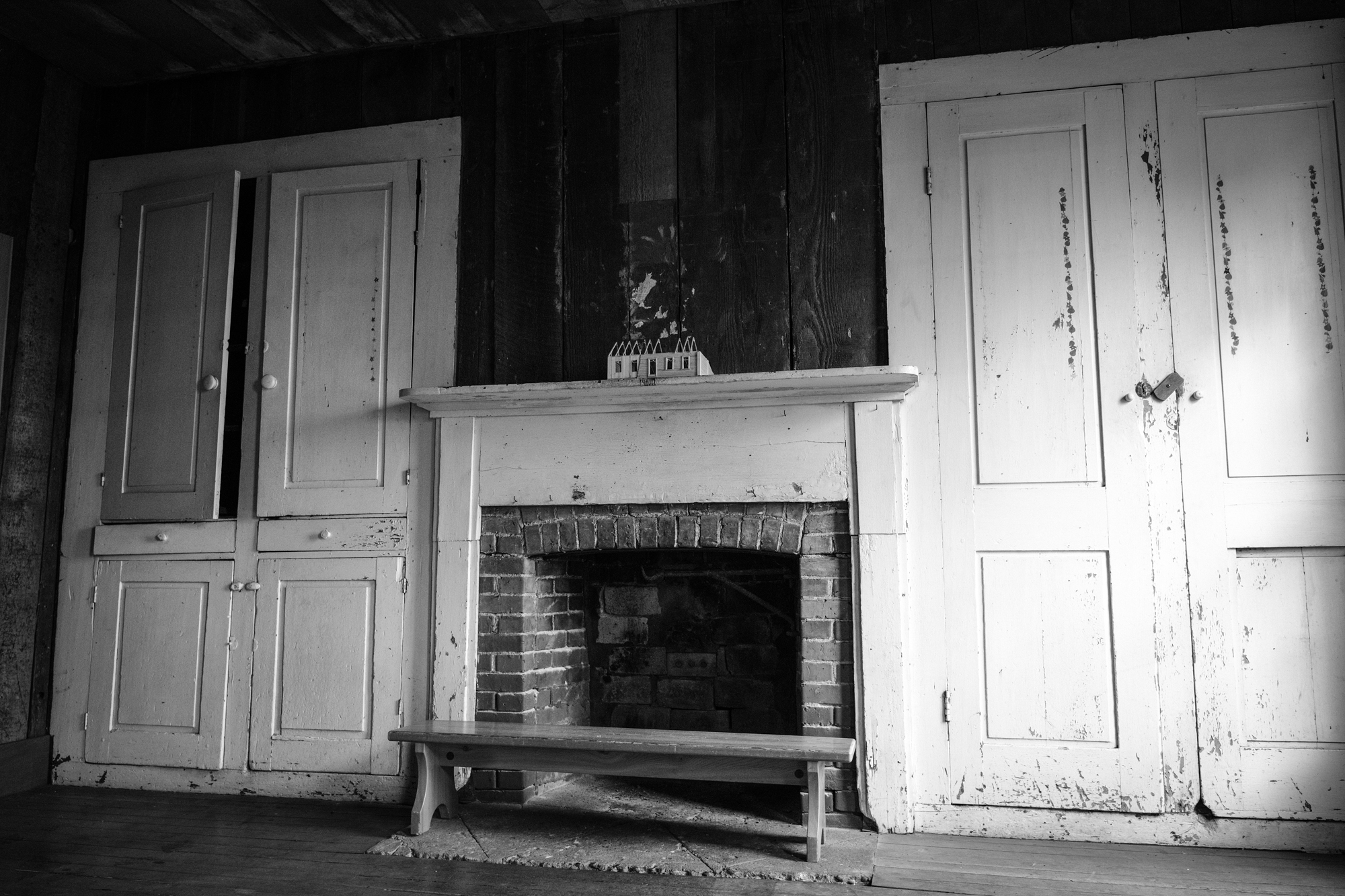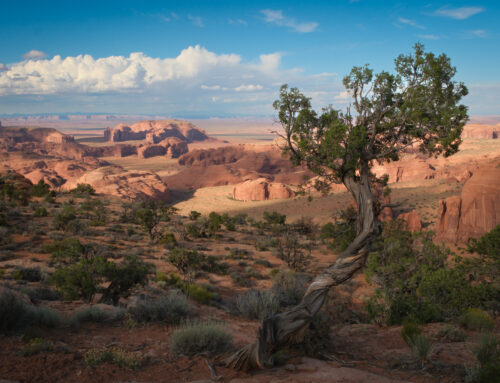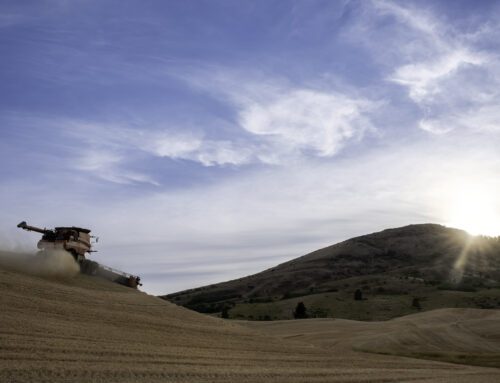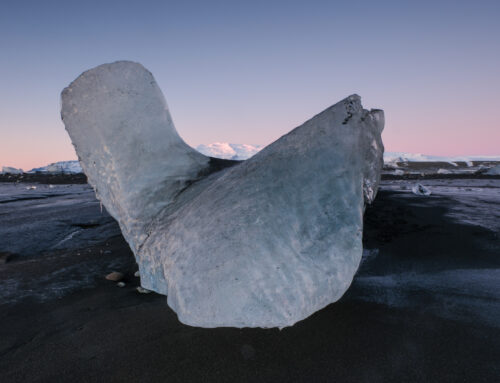I recently joined Jack Graham Photography to teach a photo workshop on Whidbey Island Washington, focused on monochrome images capturing “Americana” of the island. The workshop was run in conjunction with the Pacific Northwest Art School in the picturesque town of Coupeville.
So what is “Americana”? Well according to Wikipedia….”Americana is a collective term for artifacts related to the history, geography, folklore and cultural heritage of the United States of America. It is generally defined as any collection of materials and things concerning or characteristic of the United States or of the American people; in its broadest sense, Americana is representative or even stereotypical of American culture as a whole.”

Fuji X-T3 & 16-55mm
The workshop was a quick 2-day workshop packed full of classroom activities, in the field photography in various locations around Whidbey Island and then finished up with an image review to take a look at everyones outstanding work. We had a great group of folks, shooting various camera systems, who ranged from intermediate to advanced experience levels.
For most, learning to “see” in monochrome was a new challenge. Our vision is in color, we are used to shooting images in color….color plays such an important role in almost every aspect of our lives. Now, when you remove color from the equation of photography, things change. Sometimes color is the primary “story” of an image, other times great color can compensate for a weak composition in the eyes of a viewer. When you remove color, our compositions and our use of light and dark takes on increasing importance in making a compelling image.

Fuji X-T3 & 16-55mm
Shooting in monochrome is all about lights and darks, patterns, shapes and textures to compose an image. Plus, the arrangement of the elements in the composition. What was even a revelation for some as we went through the workshop, things that we wouldn’t consider shooting in color suddenly became workable in monochrome if the light and elements were right. As an example, the above image shot in a local watering hole uses the natural light (almost a high key image) and an arrangement of bottles to tell a story. I would never shoot this in color, but in monochrome, it works!
Monochrome treatment can also work for abstract or close up work. Again, it’s all about the light, patterns and shapes.

Fuji X-T3 & 90mm
It’s interesting heading out in to the field with the intent to “see” in monochrome. What many do is “see” in color and shoot and then in post, if it works in monochrome great. It’s a different feeling to “see” and compose in the field thinking monochrome. In addition, it’s super fun to re-visit familiar sites that you’ve shot before in color and work them in monochrome. There is a fantastic recycling center on the island that I’ve shot multiple times in color and on this trip, I stopped by for a few minutes to shoot it in monochrome. It felt different, I worked to “see” differently, I composed differently……it was a very refreshing experience that posed new challenges.

Fuji GFX50s & 32-64mm
By the end of the workshop, everyone had produced some great images and learned more about seeing and shooting in monochrome. If you’re looking for a new challenge, or, wanting to produce some different images, go ahead and shoot in monochrome!
To see more of my images from this workshop, please click HERE
For more information visit my website or Jacks website

Fuji X-T3 & 16-55mm

Fuji GFX50s & 32-64mm





Leave A Comment